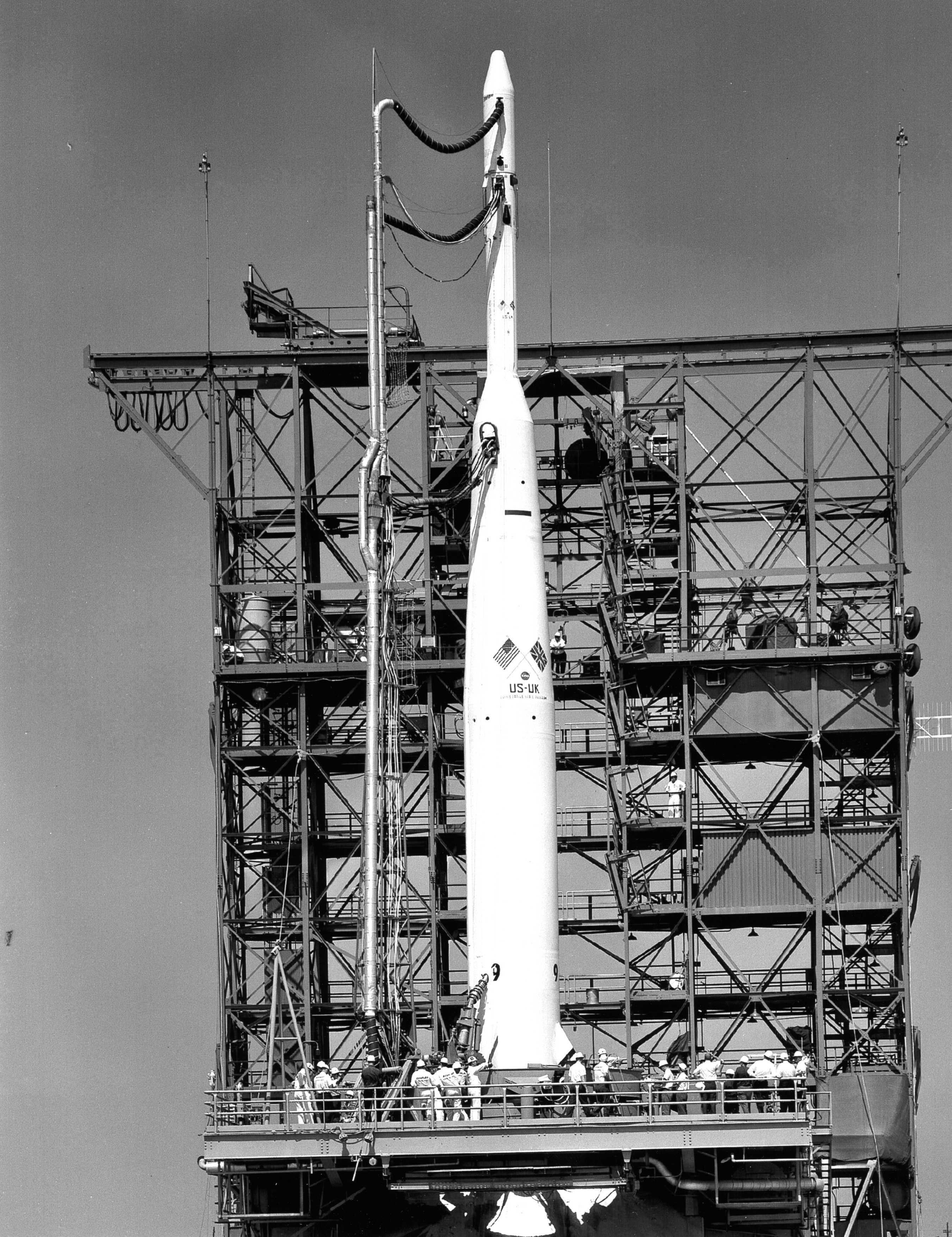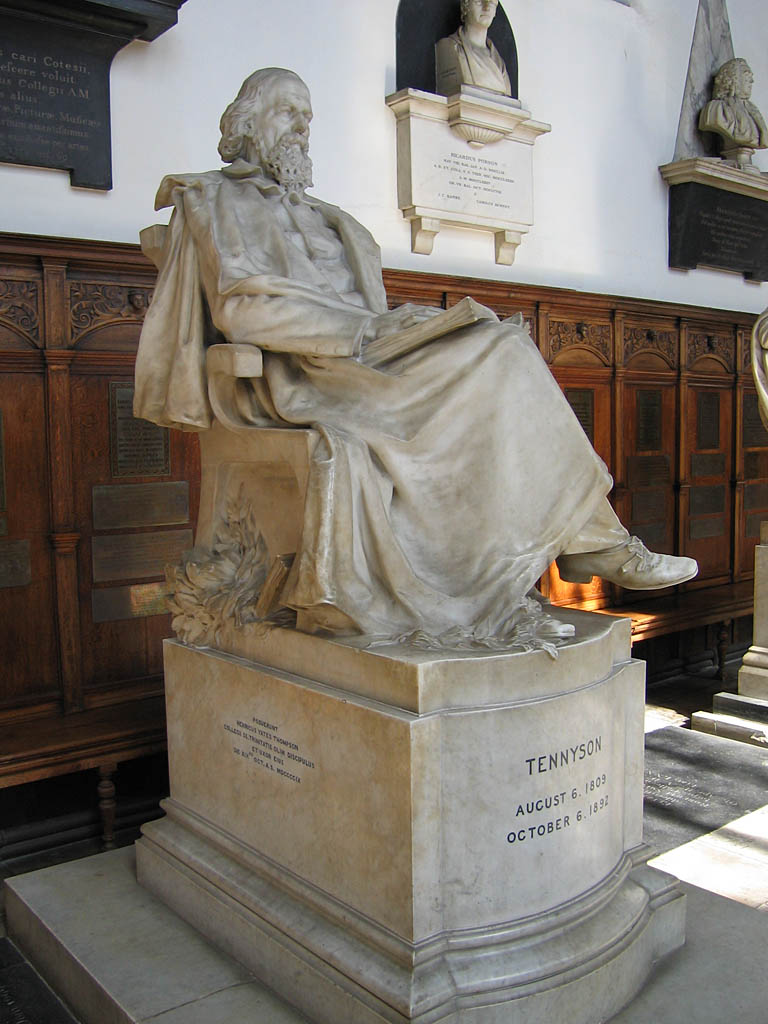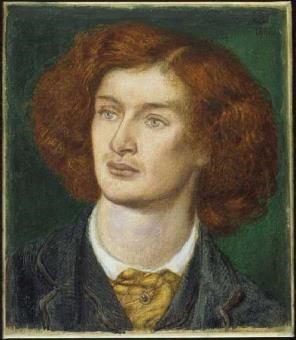|
Isle Of Wight, England
The Isle of Wight ( ) is a county in the English Channel, off the coast of Hampshire, from which it is separated by the Solent. It is the largest and second-most populous island of England. Referred to as 'The Island' by residents, the Isle of Wight has resorts that have been popular holiday destinations since Victorian times. It is known for its mild climate, coastal scenery, and verdant landscape of fields, downland and chines. The island is historically part of Hampshire, and is designated a UNESCO Biosphere Reserve. The island has been home to the poets Algernon Charles Swinburne and Alfred, Lord Tennyson. Queen Victoria built her summer residence and final home, Osborne House at East Cowes, on the Isle. It has a maritime and industrial tradition of boat-building, sail-making, the manufacture of flying boats, hovercraft, and Britain's space rockets. The island hosts annual music festivals, including the Isle of Wight Festival, which in 1970 was the largest rock music event ... [...More Info...] [...Related Items...] OR: [Wikipedia] [Google] [Baidu] |
Downland
Downland, chalkland, chalk downs or just downs are areas of open chalk hills, such as the North Downs. This term is used to describe the characteristic landscape in southern England where chalk is exposed at the surface. The name "downs" is derived from the Old English word dun, meaning "hill". Distribution The largest area of downland in southern England is formed by Salisbury Plain, mainly in Wiltshire. To the southwest, downlands continue via Cranborne Chase into Dorset as the Dorset Downs and southwards through Hampshire as the Hampshire Downs onto the Isle of Wight. To the northeast, downlands continue along the Berkshire Downs and Chiltern Hills through parts of Berkshire, Oxfordshire, Buckinghamshire, Hertfordshire, Bedfordshire and into Cambridgeshire. To the east downlands are found north of the Weald in Surrey, Kent and part of Greater London, forming the North Downs. To the southeast the downlands continue into West Sussex and East Sussex as the South Downs. Similar cha ... [...More Info...] [...Related Items...] OR: [Wikipedia] [Google] [Baidu] |
Isle Of Wight Festival
The Isle of Wight Festival is a British music festival which takes place annually in Newport on the Isle of Wight, England. It was originally a counterculture event held from 1968 to 1970. The 1970 event was by far the largest of these early festivals and the unexpectedly high attendance levels led, in 1971, to Parliament adding a section to the Isle of Wight County Council Act 1971 preventing overnight open-air gatherings of more than 5,000 people on the island without a special licence from the council. The event was revived in 2002. Original festival The original events were promoted and organised by the Foulk brothers (Ron and Ray Foulk) under the banner of their company Fiery Creations Limited and their younger brother Bill Foulk. The venues were Ford Farm (near Godshill), Wootton and Afton Down (near Freshwater) respectively. The 1969 event featured Bob Dylan and the Band. This was Dylan's first paid performance since his motor cycle accident some three years earlier ... [...More Info...] [...Related Items...] OR: [Wikipedia] [Google] [Baidu] |
British Space Programme
The British space programme is the British government's work to develop British space capabilities. The objectives of the current civil programme are to "win sustainable economic growth, secure new scientific knowledge and provide benefits to all citizens." The first official British space programme began in 1952. In 1959, the first satellite programme was started, with the Ariel series of British satellites, built in the United States and the UK and launched using American rockets. The first British satellite, Ariel 1, was launched in 1962. The British space programme has always emphasized uncrewed space research and commercial initiatives. It has never been government policy to create a British astronaut corps. The British government did not provide funding for the International Space Station until 2011. During the 1960s and 1970s, a number of efforts were made to develop a British satellite launch capability. A British rocket named Black Arrow did succeed in placing a singl ... [...More Info...] [...Related Items...] OR: [Wikipedia] [Google] [Baidu] |
Hovercraft
A hovercraft, also known as an air-cushion vehicle or ACV, is an amphibious Craft (vehicle), craft capable of travelling over land, water, mud, ice, and other surfaces. Hovercraft use blowers to produce a large volume of air below the hull, or air cushion, that is slightly above atmospheric pressure. The pressure difference between the higher pressure air below the hull and lower pressure ambient air above it produces lift, which causes the hull to float above the running surface. For stability reasons, the air is typically blown through slots or holes around the outside of a disk- or oval-shaped platform, giving most hovercraft a characteristic rounded-rectangle shape. The first practical design for hovercraft was derived from a British invention in the 1950s. They are now used throughout the world as specialised transports in disaster relief, coastguard, military and survey applications, as well as for sport or passenger service. Very large versions have been used to t ... [...More Info...] [...Related Items...] OR: [Wikipedia] [Google] [Baidu] |
Flying Boat
A flying boat is a type of fixed-winged seaplane with a hull, allowing it to land on water. It differs from a floatplane in that a flying boat's fuselage is purpose-designed for floatation and contains a hull, while floatplanes rely on fuselage-mounted floats for buoyancy. Though the fuselage provides buoyancy, flying boats may also utilize under-wing floats or wing-like projections (called sponsons) extending from the fuselage for additional stability. Flying boats often lack landing gear which would allow them to land on the ground, though many modern designs are convertible amphibious aircraft which may switch between landing gear and flotation mode for water or ground takeoff and landing. Ascending into common use during the First World War, flying boats rapidly grew in both scale and capability during the interwar period, during which time numerous operators found commercial success with the type. Flying boats were some of the largest aircraft of the first half of the 2 ... [...More Info...] [...Related Items...] OR: [Wikipedia] [Google] [Baidu] |
Neolithic Isle Of Wight
The Neolithic period, or New Stone Age, is an Old World archaeological period and the final division of the Stone Age. It saw the Neolithic Revolution, a wide-ranging set of developments that appear to have arisen independently in several parts of the world. This "Neolithic package" included the introduction of farming, domestication of animals, and change from a hunter-gatherer lifestyle to one of settlement. It began about 12,000 years ago when farming appeared in the Epipalaeolithic Near East, and later in other parts of the world. The Neolithic lasted in the Near East until the transitional period of the Chalcolithic (Copper Age) from about 6,500 years ago (4500 BC), marked by the development of metallurgy, leading up to the Bronze Age and Iron Age. In other places the Neolithic followed the Mesolithic (Middle Stone Age) and then lasted until later. In Ancient Egypt, the Neolithic lasted until the Protodynastic period, 3150 BC.Karin Sowada and Peter Grave. Egypt in the ... [...More Info...] [...Related Items...] OR: [Wikipedia] [Google] [Baidu] |
East Cowes
East Cowes is a town and civil parish in the north of the Isle of Wight, on the east bank of the River Medina, next to its west bank neighbour Cowes. The two towns are connected by the Cowes Floating Bridge, a chain ferry operated by the Isle of Wight Council. East Cowes is the site of Norris Castle, and Osborne House, the former summer residence of Queen Victoria and Prince Albert. The Prince had a major influence on the architecture of the area, for example on the building of St Mildred's Church in nearby Whippingham, which features distinctive turrets imitating those found on a German castle. History The name ''Estcowe'' (East Cowes) originally comes from one of two sandbanks each side of the River Medina estuary, so-called after a supposed likeness to cows. The name was subsequently transferred to fortifications built during the reign of Henry VIII on the east bank (East Cowes Castle) to dispel a French invasion, referred to as cowforts or cowes, which subsequently ga ... [...More Info...] [...Related Items...] OR: [Wikipedia] [Google] [Baidu] |
Osborne House
Osborne House is a former royal residence in East Cowes, Isle of Wight, United Kingdom. The house was built between 1845 and 1851 for Queen Victoria and Prince Albert as a summer home and rural retreat. Albert designed the house himself, in the style of an Italian Renaissance palazzo. The builder was Thomas Cubitt, the London architect and builder whose company built the main facade of Buckingham Palace for the royal couple in 1847. An earlier smaller house on the site was demolished to make way for a new and far larger house, though the original entrance portico survives as the main gateway to the walled garden. Queen Victoria died at Osborne House on 22 January 1901, aged 81. Following her death, King Edward VII, who had never liked Osborne, presented the house to the state on the day of his coronation, with the royal pavilion being retained as a private museum to Victoria. From 1903 to 1921, part of the estate around the stables was used as a junior officer training colleg ... [...More Info...] [...Related Items...] OR: [Wikipedia] [Google] [Baidu] |
Queen Victoria
Victoria (Alexandrina Victoria; 24 May 1819 – 22 January 1901) was Queen of the United Kingdom of Great Britain and Ireland from 20 June 1837 until Death and state funeral of Queen Victoria, her death in 1901. Her reign of 63 years and 216 days was longer than that of List of monarchs in Britain by length of reign, any previous British monarch and is known as the Victorian era. It was a period of industrial, political, scientific, and military change within the United Kingdom, and was marked by a great expansion of the British Empire. In 1876, the British Parliament voted to grant her the additional title of Empress of India. Victoria was the daughter of Prince Edward, Duke of Kent and Strathearn (the fourth son of King George III), and Princess Victoria of Saxe-Coburg-Saalfeld. After the deaths of her father and grandfather in 1820, she was Kensington System, raised under close supervision by her mother and her comptroller, John Conroy. She inherited the throne aged 18 af ... [...More Info...] [...Related Items...] OR: [Wikipedia] [Google] [Baidu] |
Alfred, Lord Tennyson
Alfred Tennyson, 1st Baron Tennyson (6 August 1809 – 6 October 1892) was an English poet. He was the Poet Laureate during much of Queen Victoria's reign. In 1829, Tennyson was awarded the Chancellor's Gold Medal at Cambridge for one of his first pieces, "Timbuktu". He published his first solo collection of poems, ''Poems, Chiefly Lyrical'', in 1830. "Claribel" and "Mariana", which remain some of Tennyson's most celebrated poems, were included in this volume. Although described by some critics as overly sentimental, his verse soon proved popular and brought Tennyson to the attention of well-known writers of the day, including Samuel Taylor Coleridge. Tennyson's early poetry, with its medievalism and powerful visual imagery, was a major influence on the Pre-Raphaelite Brotherhood. Tennyson also excelled at short lyrics, such as "Break, Break, Break", "The Charge of the Light Brigade", "Tears, Idle Tears", and "Crossing the Bar". Much of his verse was based on classical mytho ... [...More Info...] [...Related Items...] OR: [Wikipedia] [Google] [Baidu] |
Algernon Charles Swinburne
Algernon Charles Swinburne (5 April 1837 – 10 April 1909) was an English poet, playwright, novelist, and critic. He wrote several novels and collections of poetry such as ''Poems and Ballads'', and contributed to the famous Eleventh Edition of the ''Encyclopædia Britannica''. Swinburne wrote about many taboo topics, such as lesbianism, sado-masochism, and anti-theism. His poems have many common motifs, such as the ocean, time, and death. Several historical people are featured in his poems, such as Sappho ("Sapphics"), Anactoria ("Anactoria"), and Catullus ("To Catullus"). Biography Swinburne was born at 7 Chester Street, Grosvenor Place, London, on 5 April 1837. He was the eldest of six children born to Captain (later Admiral) Charles Henry Swinburne (1797–1877) and Lady Jane Henrietta, daughter of the 3rd Earl of Ashburnham, a wealthy Northumbrian family. He grew up at East Dene in Bonchurch on the Isle of Wight. The Swinburnes also had a London home at Whitehall G ... [...More Info...] [...Related Items...] OR: [Wikipedia] [Google] [Baidu] |






.jpg)



